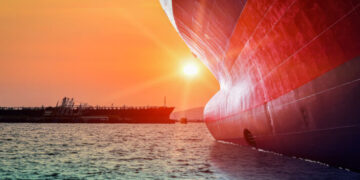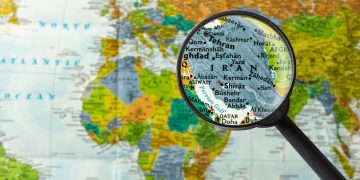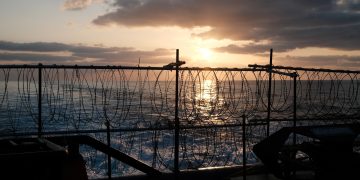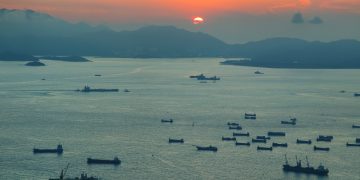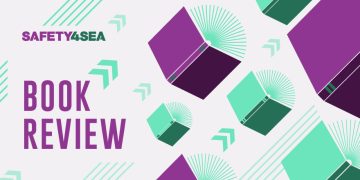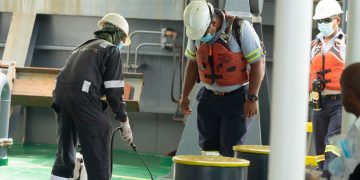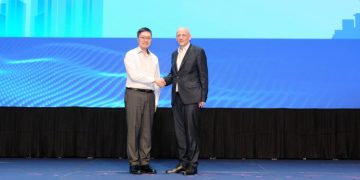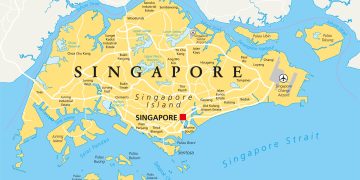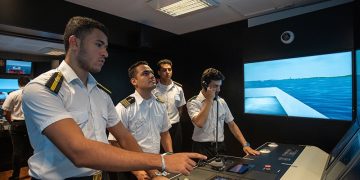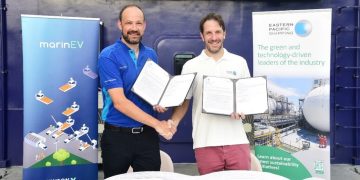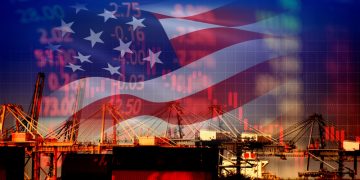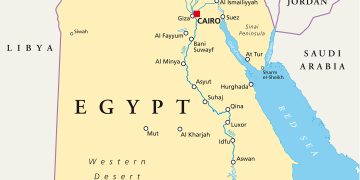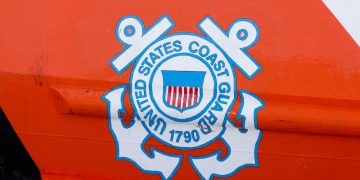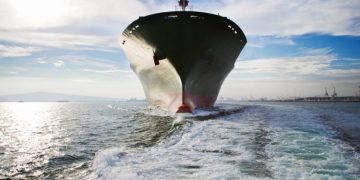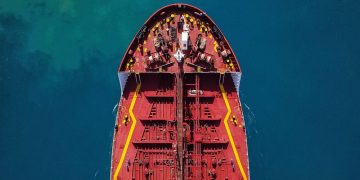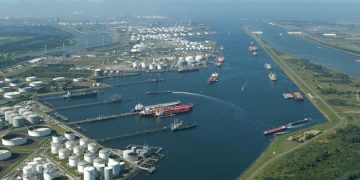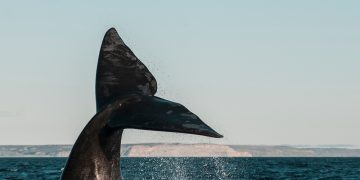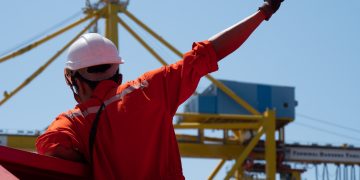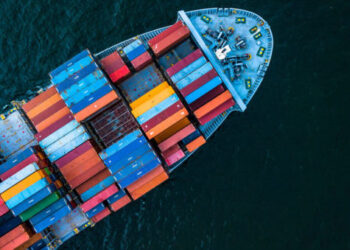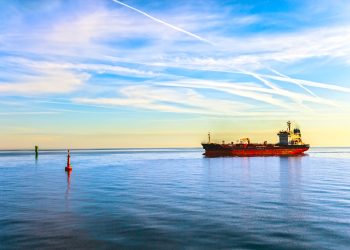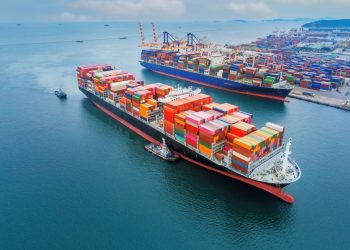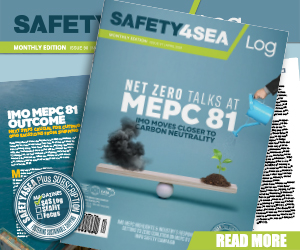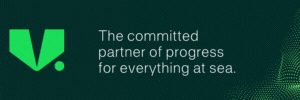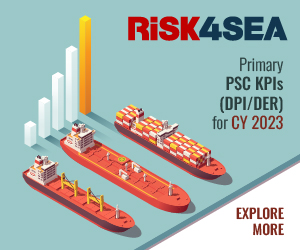Key Performance Indicators, or KPIs, are measurable indexes that demonstrate how effectively each organization is achieving its key business objectives. At the same time, they provide a clear picture of organization’s performance and detect any inadequacies/ failures, showing the pathway for essential improvements in future.
- Safety Management: Why SMS are important
- Safety Management: How can shipping companies become High Reliability Organizations?
- Safety Management: Safety Culture vs Safety Climate – What’s the difference?
- Safety Management: Measuring Maturity
- Safety Management: Why Quality is important among shipping organizations
- Safety Management: Why audits are important
- Safety Management: Learning about Safety Surveys
- Safety Management: Evaluating a Crew Resource Management training
- Safety Management: How post-incident reviews can be a useful tool
- Safety Management: How to define and measure KPIs effectively
Apart from KPIs, these indicators are also called “leading indicators” because they are considered as “leading” measures for an organization’s performance. Key Performance Indicators (KPIs), actually act as preventive risk management and reveal areas of weakness which can be avoided if safety procedures take place. In shipping industry, many organizations measure their safety performance focusing on metrics related to unfavorable situations, i.e. serious incidents and accidents, near misses, personal injuries, as these are easy to measure and often receive more attention.
Important KPIs for shipping
For the monitoring procedure a set of KPIs is required. These can be addressed prior an accident in order to avert undesirable outcomes and predict future performance. For example, these indicators can be:
- Number of fleet inspections
- Number of recorded deficiencies
- Detention rate of the fleet
- Safety budgets
- Number and results of safety audits
- Value of safety tools
- Safety action plans and safety meeting that have taken place
How to measure KPIs effectively
There are two main methods to measure KPIs:
- By identifying the subjective KPIs, which derive from the results of surveys: this way of measurement requires the participation of the workforce in order to express their observations and comments.
- By indicating the objective factors: this has actually to do with the “safety performance data” because it uses information collected by the company.
To conduct the second type of assessment, the organization needs to compare the established safety metrics with the collected performance data. Comparison or benchmarking may concern either the whole organization or specific vessels.
The measuring procedure and the assessment of the indicators should take into consideration a number of criteria otherwise there would be difficulties in the evaluation process. A shipping company, for instance, should comply with the relevant regulations, be willing to act accordingly in order to reduce operational accidents or other incidents and make sure that no other procedures or significant reorganisations are taking place during the evaluation process. The said company should also fulfil some additional criteria depending on the type of indicators which will use. In case that the company follows the subjective KPIs assessment, a safety survey is firstly required. For the objective KPIs assessment, the collected data should cover a specific period, i.e. a year or a quarter as minimum.
Lagging indicators
Another way of monitoring safety performance is with the use of “lagging indicators”. This type of indicators is addressed after the occurrence of the incident and measures outcomes such as injuries, fatalities, pollution or costs. In essence, these indicators approach such incidents afterwards, in an attempt to indicate all the missed information which could have been handled properly to prevent the accident. This means that lagging indicators cannot be used to improve safety performance but only as an assessment of what has already been occurred with the intention to eliminate the probability of reoccurrence.
Case study
Shipping organizations can easily assess their office and fleet performance by collecting data from inspection and audits conducted (objective indicators) as well as through surveys, or reported near misses by vessels’ crew (subjective indicators).
The following example, reveals a safety performance evaluation procedure of a shipping organization with bulk carriers which uses objective indicators:
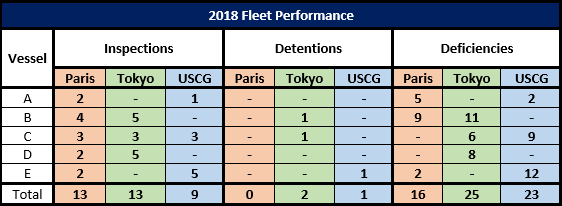
According to table, the company seems to get properly prepared when trading in ports of the Paris MoU region, as no detentions have been observed during 2018 at any of the vessels there. The sections that call for attention are Tokyo MoU & USCG. The number of detentions related to the frequency which vessels approach these ports, is an indicator showing that more careful approach is needed on the issues which Tokyo MoU PSCs focuses the most.
However, a quick conclusion of the data, as above, is only the first step of the performance assessment procedure. The more interesting and useful part of the performance evaluation is the use of company’s KPIs; in particular DER (Detentions Rate) and DPI (Deficiency per Inspection), to calculate the performance of each vessel and conclude on which sectors need improvement. As such, the rates of fleet are formed as follows:

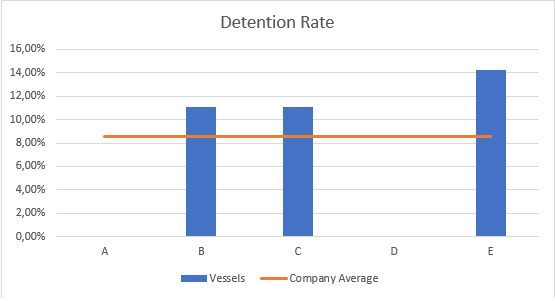
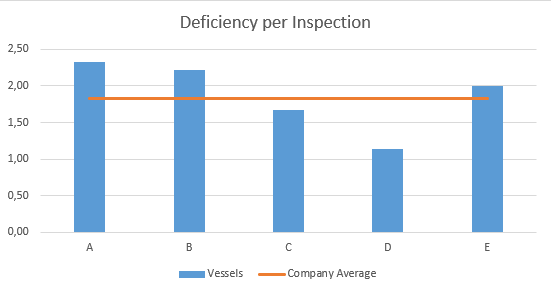
The results of PSC performance calculated with the use of the aforesaid KPIs help to compare the performance of managed vessels and each vessel with Company’s average. Same practice can be followed to compare the Company’s rates of PSC performance to the global or regional MoU average, in order to proceed with further improvements.
For this example, three out of five vessels (B, C & E) have a DER rate above the company’s average, therefore these vessels need to be managed accordingly and improve their performance. Moreover, according to DPI rates, three vessels out of five (A, B & E) are above company’s average rate; this conclusion highlights that a more detailed management of the said vessels during PSC inspections is required.
There should be noted that vessels B & E seem to be problematic in both tables, and thus, special approach is needed in order to improve their PSC performance. This rings a bell for the company to proceed accordingly by providing more training, informing the crew about the requirement at each MoU and familiarizing those more with the company’s established safety procedures. Same path could be followed in case the evaluation is based on subjective indicators as well, for example with the use of near misses reported by vessels.


